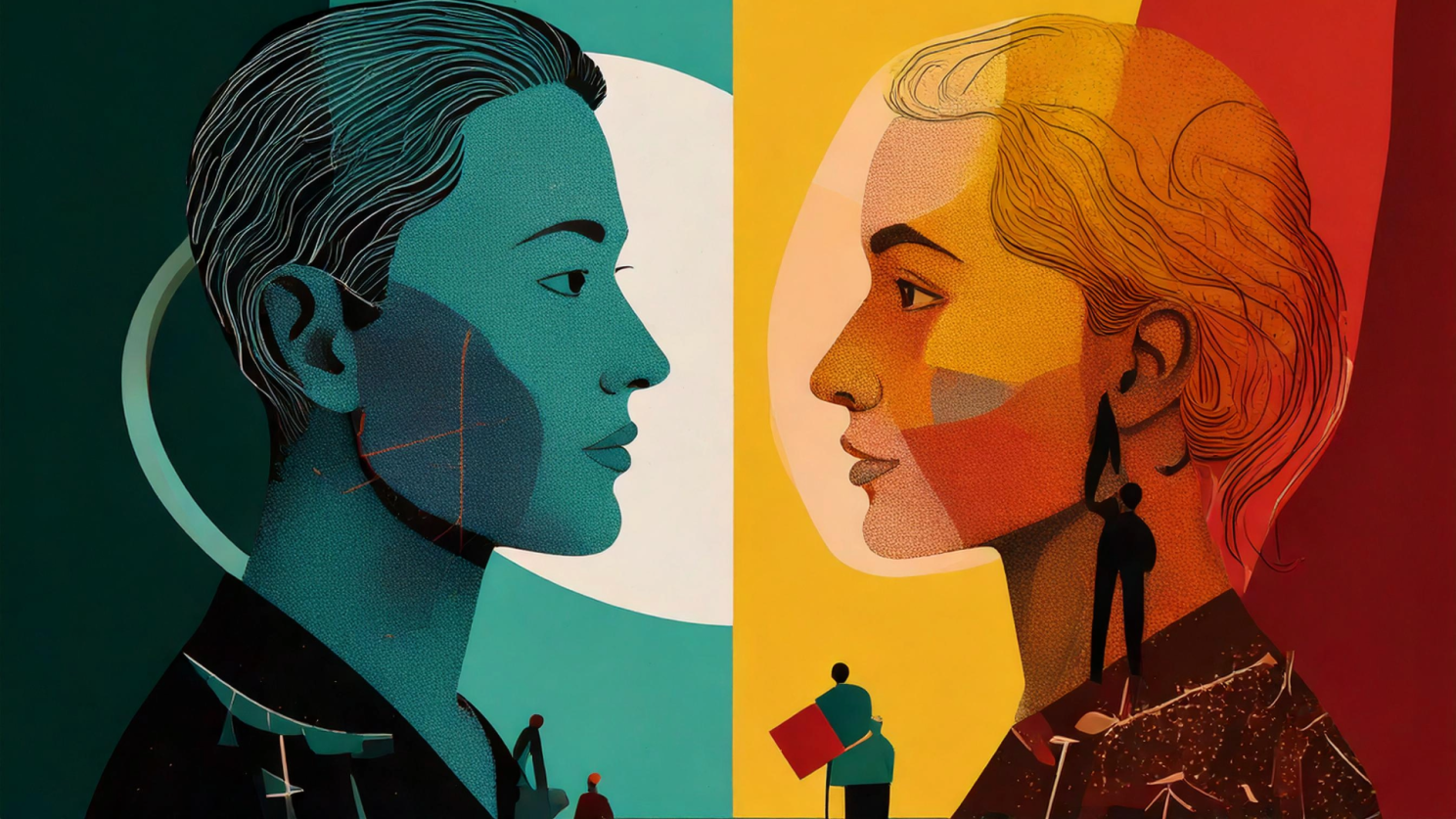The Underestimated Pitfall in Decision-Making
Today, we’re diving deep into the fascinating world of another cognitive bias. Specifically, we will explore the often overlooked but incredibly impactful “Survivorship Bias.”
So, grab your favourite cup of coffee, sit back, and let’s get our thinking caps on!

What is Survivorship Bias?
Survivorship Bias is a cognitive distortion that skews our understanding of success and failure. It’s the logical error of concentrating on the people or things that “made it past” some selection process and overlooking those that did not, typically because of their lack of visibility.
This bias can significantly impact our perception of reality and lead to overly optimistic beliefs because failures are ignored or forgotten. Worse, this Bias can distort our perception of data in both directions. For example, think about the average lifespan of humans over time and compare people who lived in the past 50 years vs the 15th Century. In that case, we may develop a distorted view of human longevity. We want to think we are living in better times here and now; the more the numbers reflect that the better we feel. Many would think that during the 15th century, people died around 30-35. Some data might support that number, but the high infant mortality skews the average. In reality, most 15th-century Europeans who survived to age 25 were likely to make it into their 50s or older. It was common for people in ancient times to live into their 80s.
Similarly, in the business world, if we only study successful companies or initiatives to understand what makes a success, we ignore the potentially valuable lessons that can be learned from the failure of other companies and initiatives.
This bias can lead us to underestimate the difficulty of success, overestimate our chances of succeeding, and often overlook potential risks. It’s a subtle yet powerful force that can often shape our decisions and strategies without us even realizing it. This can lead to false conclusions in several different ways.
For instance, consider a businessperson who looks at successful companies and tries to emulate their strategies, ignoring that for every successful company, numerous others may have used the same approach and failed. The unsuccessful companies are invisible because they didn’t survive the harsh market realities.
This bias isn’t just limited to the business world. It permeates our daily lives, influencing our decisions and perceptions. For example, we might look at high achievers in our field and try to replicate their habits, overlooking that many people with similar habits likely didn’t achieve the same level of success.

The Impact of Survivorship Bias
So, how can we combat Survivorship Bias as leaders and employees responsible for designing experiences, events, and organisational change?
Firstly, we need to be aware of its existence. Awareness is the first step towards change, after all. Secondly, we must actively seek information from both sides – the survivors and the non-survivors. This might involve conducting more comprehensive research, asking different questions, or challenging our assumptions.
Remember, it’s easy to fall into the trap of Survivorship Bias. It’s comforting to look at success stories and believe we’ll achieve the same results if we emulate them. But the world is more complex than that. Success often results from a unique combination of factors, many of which can’t be replicated.

The Interplay of Survivorship Bias
Survivorship Bias can significantly cloud our judgement of people’s capabilities, often leading us to overestimate their skills or underestimate the role of luck and circumstance in their success.
This bias can interplay with other cognitive biases, such as the Halo Effect, which is the tendency to let our impression of a person in one area influence our opinion of them in other areas. For instance, if we admire a person for their success in a particular field (a success that is visible and hence survived our observation), we might unconsciously attribute to them a range of positive qualities, such as intelligence, creativity, and diligence, even if we don’t have concrete evidence for these attributions. This can create a ‘halo’ of positivity around them, further reinforcing our skewed perception.
Similarly, Survivorship Bias can interplay with Confirmation Bias, where we seek information that confirms our beliefs and ignore information that contradicts them. If we believe that success is purely the result of hard work and talent, we might focus on successful individuals who worked hard and showed talent, ignoring the many who did the same but didn’t succeed. These biases can create a feedback loop, reinforcing each other and leading us further away from a balanced and accurate understanding of people’s capabilities.

Wald’s insights into this bias had wings.
Abraham Wald, a mathematician and statistician, demonstrated survivorship bias during World War II. At the time, the military was trying to figure out how to protect their aircraft from enemy fire.
They observed the planes that returned from missions and noted where they had taken the most damage. The initial thought was to reinforce these areas as they were the most frequently hit. However, Wald pointed out that this was a flawed approach. The planes they were observing were the ones that had survived their missions despite the damage they had taken. The areas where these planes were hit and still managed to return did not need additional protection.
Wald suggested they should look at the areas where the returning planes had not been hit. He reasoned that the aircraft that did not return from their missions were likely struck in these areas.
This was a classic case of survivorship bias – the military was initially only considering the survivors (the returning planes) and overlooking the ones that didn’t survive (the aircraft that didn’t return). Wald’s insight led to a shift in strategy, with the military reinforcing the previously overlooked areas, ultimately improving their aircraft’s survival rate.

Webvan and the idea that didn’t deliver… for 30 years
In the late 1990s, the dot-com bubble saw a surge of internet-based companies, or dot-coms, with investors pouring money into these startups based on their potential for rapid growth.
One such company was Webvan, an online grocery business that aimed to revolutionise the shopping experience. Webvan’s business model was based on the massive success stories of other internet companies like Amazon and eBay. They believed that by replicating the strategies of these successful companies, they could achieve similar success. This is a classic example of Survivorship Bias, where the focus was on the companies that had succeeded, overlooking the complexity of their idea and the many internet startups that had failed.
Webvan expanded rapidly, investing heavily in infrastructure, including high-tech warehouses and a fleet of delivery trucks. However, they failed to consider the unique challenges of the grocery business at that time, such as low margins, customer comfort level or established behaviours and the complexity of delivering perishable goods. They also overestimated the demand for online grocery shopping.
Despite raising over $800 million in capital, Webvan could not achieve profitability and filed for bankruptcy in 2001, just two years after its launch. The failure of Webvan serves as a cautionary tale of Survivorship Bias in the business world. By focusing only on the success stories and not considering the other examples of failure, Webvan overlooked essential factors that ultimately led to its downfall.
Consider how many services like this exist today—proving that the idea’s failure may have been linked to other factors like consumer digital fluency and mindsets on what and when they buy online. Despite the success of different platforms at that time, the Webvan team failed to see that the customer base was not ready to engage in their services at that time and place.

Survivorship Bias Avoidance Tips
- Awareness: Understand what Survivorship Bias is and how it can impact your decision-making process. Awareness is the first step towards overcoming any bias.
- Broaden Your Research: When studying success, don’t just focus on the winners. Make an effort to learn from the failures as well. This can provide a more balanced view and valuable insights that success stories alone cannot offer.
- Question Your Assumptions: Please be sure to challenge your assumptions constantly. If you find yourself attributing success to one or two factors, ask yourself if you’re overlooking other potential factors.
- Seek Diverse Perspectives: Encourage diversity of thought in your team. Different perspectives can challenge the status quo and illuminate any biases influencing decision-making.
- Implement Checks and Balances: Regularly review your decision-making processes to identify potential biases. Use analytical tools and data to support decision-making and to challenge subjective opinions.

So, the next time you find yourself looking at a “survivor,” take a moment to consider the unseen “non-survivors.” It may change your perspective and lead to more informed decisions.
Now, I’d love to hear your thoughts.
Have you ever fallen prey to Survivorship Bias?
How do you ensure you consider all the relevant information when making decisions?
Let’s continue the conversation in the comments below.
References:
1. “Survivorship Bias.” Psychology Wiki,
2. “Survivorship Bias: The Tale of Forgotten Failures.” Science ABC,
3. “Survivorship Bias in Business: The Companies That Didn’t Make It.” Forbes
